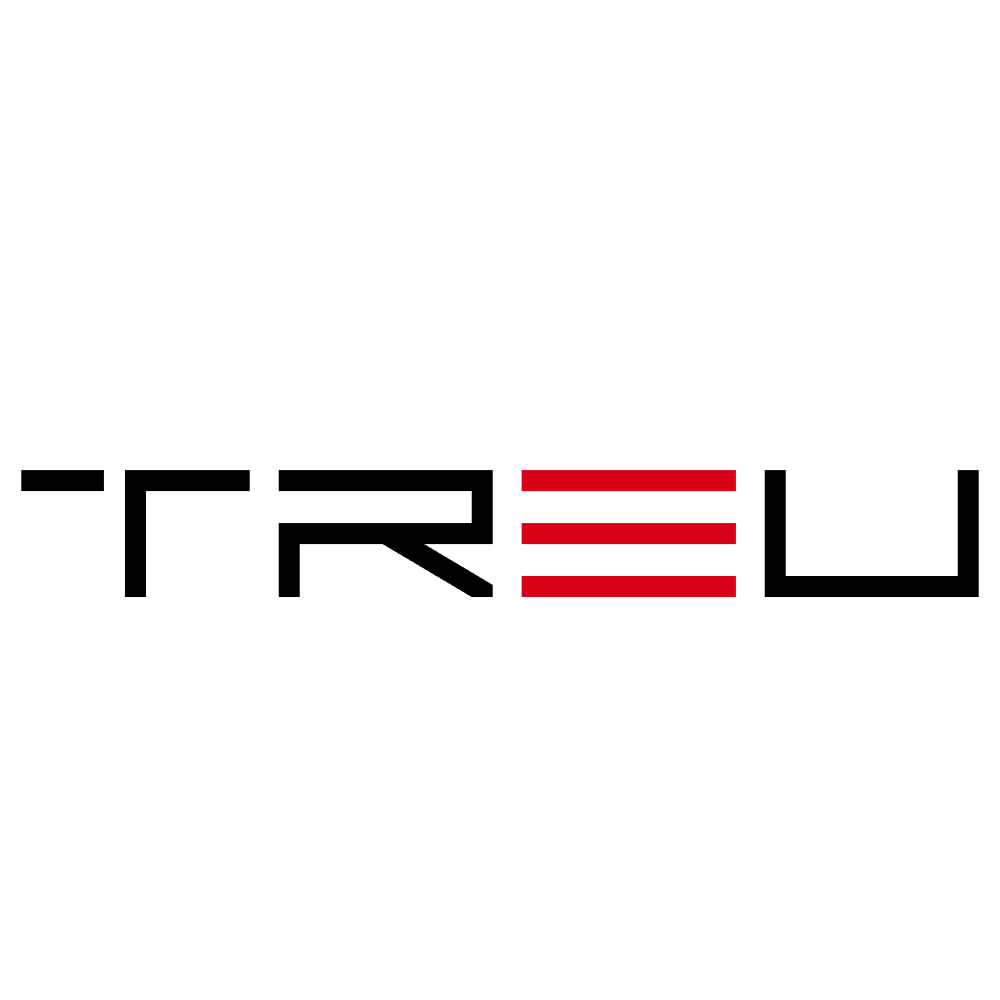NIST Unveils AI Cybersecurity Control Overlays to Reduce Risks
As artificial intelligence (AI) technologies continue to evolve rapidly and become deeply ingrained across multiple industries, ensuring their safe and responsible use has become more crucial than ever. To address this pressing need, the National Institute of Standards and Technology (NIST) has released new AI-specific cybersecurity control overlays. These overlays aim to tailor traditional cybersecurity frameworks to the unique and complex risk landscape posed by AI systems.
What Are NIST’s AI Control Overlays?
NIST’s new release marks a significant milestone in AI risk management. These overlays align with the security and privacy controls found in NIST’s Special Publication 800-53, Revision 5. Essentially, they provide a refined set of control recommendations that are specifically adaptable to AI systems in different operational contexts.
The overlays do not replace the existing framework; instead, they serve as enhancements. Their purpose is to allow organizations to appropriately apply cybersecurity and privacy controls to AI systems in ways that acknowledge the distinct threats, vulnerabilities, and harms associated with these technologies.
Key Objectives of AI-Specific Control Overlays
- Adapt security controls to AI-specific risks such as model poisoning, data inference, and adversarial attacks.
- Support responsible AI deployment by addressing ethical considerations and societal impacts.
- Encourage transparency in how AI systems are trained, evaluated, and deployed.
- Promote secure system design that accounts for the AI model lifecycle—from development to decommissioning.
Three AI Use Case Scenarios Showcased by NIST
NIST unveiled a trio of sample overlays to help organizations visualize how to apply the guidance across various AI scenarios. These include overlays for:
- AI Research and Development (R&D) Systems
- AI-Centric SaaS Products
- AI-Enabled Decision Support Systems
Each overlay scenario provides a unique perspective on how AI risk materializes in different operational environments. For example:
1. AI R&D Systems
Focused on environments where AI models are being developed and fine-tuned, this overlay pays close attention to:
- Data provenance and dataset integrity
- Privacy-preserving mechanisms during data collection and annotation
- Version control for models and algorithms
Organizations engaged in AI experimentation and prototyping can leverage this overlay to formalize secure development pipelines and safeguard against common vulnerabilities like data leakage and model drift.
2. AI-Centric SaaS Products
This overlay targets cloud-based solutions that fundamentally depend on AI to deliver core functionality, such as AI-based analytics platforms and recommendation systems.
- Emphasizes multi-tenant security and the need for robust access controls
- Assesses the AI model’s resilience against manipulation from user-contributed data
- Prioritizes the transparency of AI decisions to end-users
The overlay ensures that SaaS vendors understand and mitigate the risks customers might face when interacting with AI-powered features embedded in services.
3. AI-Enabled Decision Support Systems
This overlay is relevant for AI systems used to assist humans in decision-making processes in sectors such as healthcare, finance, and national security.
- Targets bias detection and mitigation to promote ethical decision-making
- Requires explainability features to interpret how AI generated its outputs
- Monitors long-term performance and fairness metrics
Such systems often have real-world consequences, and the overlay is designed to ensure safety, trustworthiness, and accountability.
Why These Overlays Matter
As AI technologies inch their way into high-stakes applications, the traditional approaches to managing cybersecurity and privacy risks can fall short. AI systems introduce new threat vectors, such as:
- Adversarial inputs that manipulate model behavior
- Training data attacks and data poisoning
- Model inversion where attackers reconstruct sensitive training data
- Unintended bias and discrimination embedded in AI decision-making
Integrating cybersecurity safeguards specific to these threats helps ensure that the system behaves reliably under expected and unexpected conditions. Moreover, these overlays contribute significantly to the goals of trustworthy AI, a vision long supported by NIST.
Integration with the NIST AI Risk Management Framework
The AI control overlays are designed to seamlessly incorporate the principles outlined in NIST’s AI Risk Management Framework (AI RMF). This framework, released earlier, sets forth a structured and flexible approach for managing the risks associated with AI.
By aligning the overlays with the AI RMF, organizations can use a holistic strategy to address security, trust, and ethical deployment concerns. The overlays help operationalize RMF guidelines by offering implementable controls and tailoring instructions.
Industry Implications and Future Prospects
With the release of these overlays, NIST has signaled its commitment to forward-thinking AI governance. This move will likely serve as an industry bellwether, influencing policy-makers, developers, and technology vendors in shaping AI infrastructures that are both robust and resilient.
Organizations that implement these overlays stand to gain by:
- Reducing exposure to AI-specific cyber threats
- Improving customer and stakeholder trust through transparent AI usage
- Strengthening compliance with future AI safety regulations and standards
- Demonstrating responsible innovation in highly regulated industries
Moving forward, continuous feedback from early adopters of the overlays will likely guide NIST in evolving the controls. This iterative process ensures the overlays remain applicable as AI capabilities and threats mature.
Final Thoughts
NIST’s release of AI cybersecurity control overlays is a pivotal advancement in the world of AI risk management. These overlays adapt long-standing cybersecurity policies to AI’s complex and novel challenges, enabling organizations to be more proactive, transparent, and responsible in their AI implementations.
As AI becomes increasingly embedded into the digital fabric of our world, integrating these overlays into your organization’s cybersecurity strategy is not just a best practice—it’s essential for safeguarding technology, people, and ethical integrity.
Stay ahead of AI risks—embrace NIST’s overlays and build a more secure, trusted future for intelligent systems.

